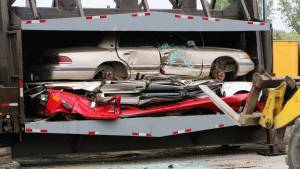Bin it: The ins and outs of India's scrappage policy
It was called the Car Allowance Rebate System (CARS) in the United States, or more elegantly, 'Cash for Clunkers'. Anyone with a vehicle up to 25 years of age could trade it in for a more fuel efficient new car, and get up to $4,500 (Rs 3.3 lakh) off on their new car. The programme, as in other parts of the world as a response to the 2008 economic crash, was run for a month in the US, but it did bring in nearly seven lakh old vehicles, and pulled a couple of large American automakers back from the brink, apart from the fact that the average fuel consumption and emissions of the number of cars replaced with new ones rose drastically. Currently, most countries don't officially run a scrappage program, though some manufacturers do still offer fairly lucrative scrappage discounts.Â
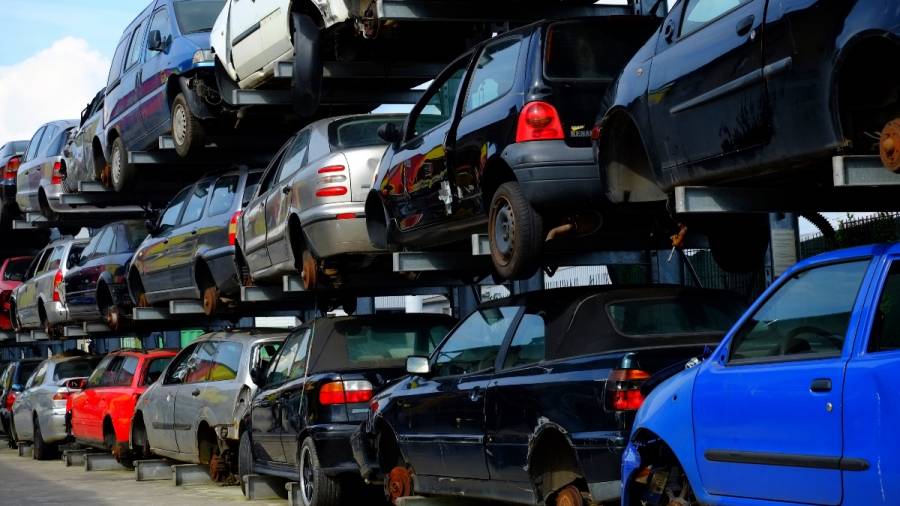
The hope for India's scrappage policy is similar. The scheme proposes to take older, less efficient, more polluting vehicles off the road, be it two-wheelers, four-wheelers or commercial vehicles, and replace them with more efficient, less polluting new vehicles. While several key aspects of the scheme are yet to be finalised, the proposed policy will be voluntary, and be applicable to commercial vehicles older than 15 years, and private vehicles older than 20 years.Â
Some reports estimate that India has 51 lakh vehicles older than 20 years, of which 17 lakh are commercial vehicles over 15 years without valid fitness certificates. Under the new policy, set to come into play by April 1st 2022 for government vehicles, 2023 for CVs, and 2024 for PVs, these vehicles will have to pass fitness tests (exact fitness criteria to be determined) and if the owner chooses to hold onto them, will be subject to higher re-registration charges and a green tax to act as a disincentive. On the other hand, if the vehicle fails, or the owner voluntarily chooses to scrap his vehicle through an authorised scrappage centre, and then purchase a new replacement, the government has proposed a reduction in road tax for the new vehicle, a waiver of registration fees, and discounts from the manufacturer itself.Â
Start with fitness testing
First off, the question of the fitness tests needs to be addressed, considering the looming October 1st 2021 deadline for fitness centres. Now, fitness certification is only necessary for commercial vehicles every two years after the initial registration, and 15 years after initial registration for private vehicles - though it's anybody's guess as to how stringent checking and follow up is currently. The rules for it are framed under the Central Motor Vehicle Rules act from 1989, and testing is only a visual inspection, mainly for brakes, tyres and lights, with emissions testing via PUC centres that may or not have been tampered with.Â
The Ministry of Road, Transport and Highways (MoRTH) recommends following international practice in this matter â" mandatory periodic checks by the owner, and thorough 15-22 minute long inspections at a fitness centre which will cover the condition of a vehicle's structure and body, wheels/tyres, suspension, brakes, steering, seatbelts, lights, mirrors and horn, its propulsion system, fuel tank, all associated plumbing. Several of these tests, for the brakes and suspension, for example, will require specialty equipment, and approximately three acres of land to allow for smooth, continuous operation, so these fitness centres won't come cheap.Â
Nikunj Sanghi, chairman Automotive Skill Development Council, and ex-director FADA, estimates, a full-fledged fitness centre could cost up to Rs 20 crore to set up. Here, the Centre will have to allocate the full 100 per cent of funds, while states will have to provide the land for it, and make bids for public operators to run the centre and maintain it. It sounds like a lucrative business, and the hope is that these centres don't fall prey to corruption, landing us back right where we started! A point to note is that exceptions have been made for private vintage vehicles over 50 years of age, with several also of the opinion that 'youngtimer' privately-run classics between 20-50 years old should also be exempt from scrappage, as those vehicles aren't likely to pass the new fitness rules, and in any case are usually used sparingly, and recreationally, and thus don't really pose an environmental threat.Â
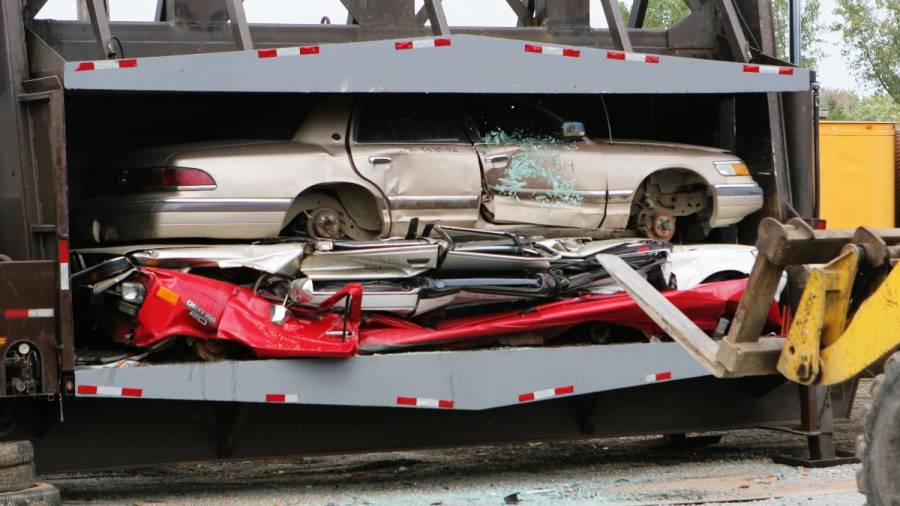
How will the scrappage process work?
Say a commercial vehicle over 15 years of age, or a private vehicle (two- or four-wheeler) over 20 years fails the fitness test. In this case, it's simple enough: it's immediately deemed unfit for road use, de-registered and sentenced to the scrapyard, where it'll be dismantled and recycled â" you as an owner get a certificate of de-registration or scrappage as proof. It's likely the official scrappage value will be more than competitive to the unorganised sector's rates â" it'll have to be, if it's meant to take off. Current rates run between Rs 15-22/kg of metal scrap, depending on whether its light body panels or heavy steel, and don't really distinguish between an old economy hatchback, or a BMW.
As incentive, in addition to the scrap value, the MoRTH proposes that a vehicle owner who chooses the official scrappage option receive a scrappage certificate which will enable him to receive a 25 per cent reduction in road tax for a new vehicle, a waiver of registration charges, and up to a five per cent discount from the manufacturer, as stated earlier. However, these incentives are advisory and it remains to be seen if states will forego the revenue from registration, and if manufacturers will submit to providing a five per cent discount, if at all, considering fall in revenues for all involved due to the pandemic.Â
Expect there to be large scrappage centres around cities, fed by smaller local collection centres, further fed by dealerships. As we've seen with Renault being the first to announce its scrappage schemes, in partnership with Cero Recyling, the only official organised scrappage centre currently. Cero, set up by Mahindra Accelo and MSTC (a government of India enterprise) plans to have its centre up and running in Delhi/NCR soon. But hopefully all you'll have to do as a vehicle owner looking to scrap an old vehicle will be to trade in your car, or motorcycle, at the dealership, collect a scrappage or de-registration certificate and drive away in a shiny, new one, with incentives as promised.Â
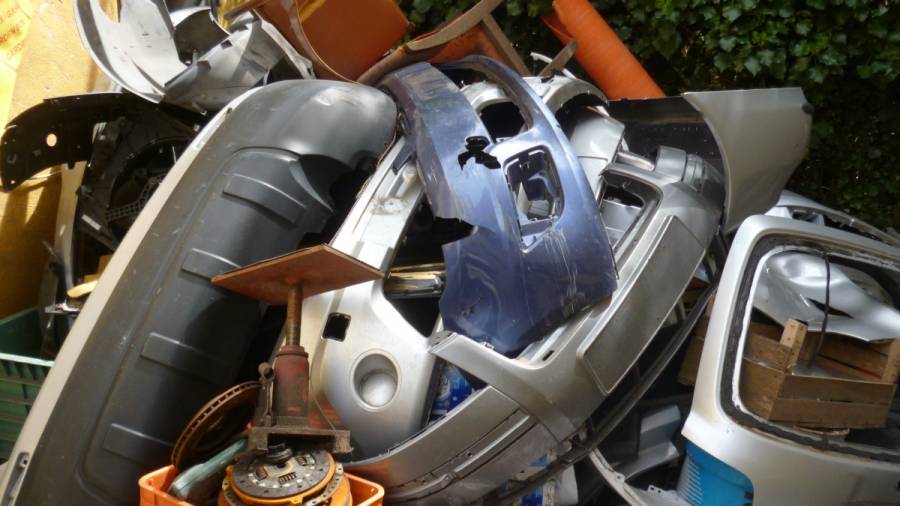
What happens to your old vehicle?
Similar in principle to local scrapyards you may have seen, the organised scrappage sector is aiming for a far more streamlined and environmentally conscious setup. Vehicles brought in for scrappage will be dismantled, with parts segregated into steel, aluminium, other metals, recyclable and non-recyclable plastics, rubber, hazardous scrap etc. Scrap steel feedstock makes up 77 per cent of India's total steel output, and can only go up. Unlike in the unorganised sector where parts are scavenged and put back into the used parts market, further feeding the market for older vehicles, this likely won't be the case. Of course, this has its downsides in the long run for owners of old vehicles.Â
With proper segregation, hazardous materials, like batteries and lubricants, can be sent off to authorised recycling centres for proper disposal.Â
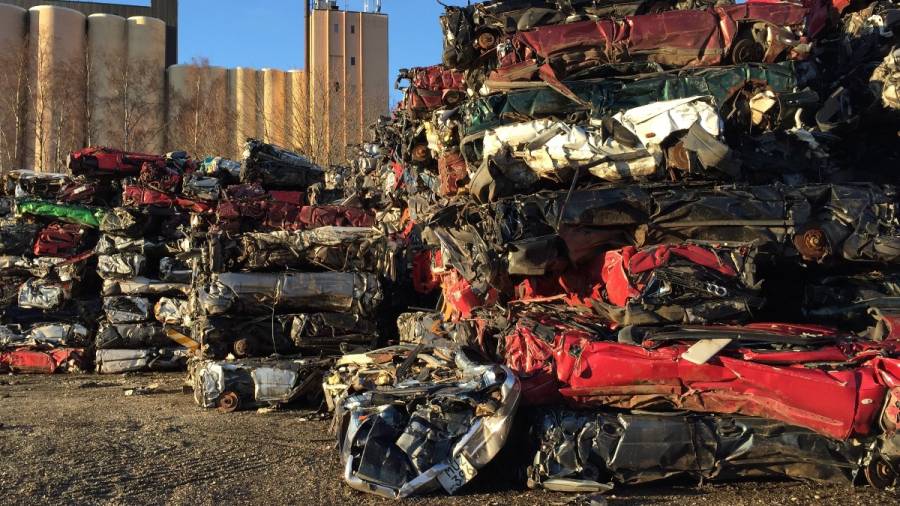
The light at the endÂ
The big picture is hopeful â" it'll drive new car sales, help drop vehicular pollution, reduce dependence on oil imports, increase materials recycling, and give birth to a whole ecosystem of fitness centres and scrappage centres. On the other hand, it will also take away from the large unorganised vehicle scrappage businessesy, which does mean that the opposition to it will take time to overcome. Not to mention the huge cost involved in the logistics of the scheme, and for the end consumer â" let's face it, most of us driving old cars do so because of budgetary constraints. But with proposals to make the scrappage certificate tradable, it could make scrappage even more viable. In this case, someone who scraps an old vehicle can sell the scrappage certificate in case he's not planning on a new vehicle, while still reaping the benefits for himself, and passing on the other incentives to someone else. It holds promise, and if in three to five years, the scrappage system is up and running as planned, it just may change the Indian automotive landscape for good, and put us well on the way to becoming an automotive manufacturing hub as the dream goes.Â

